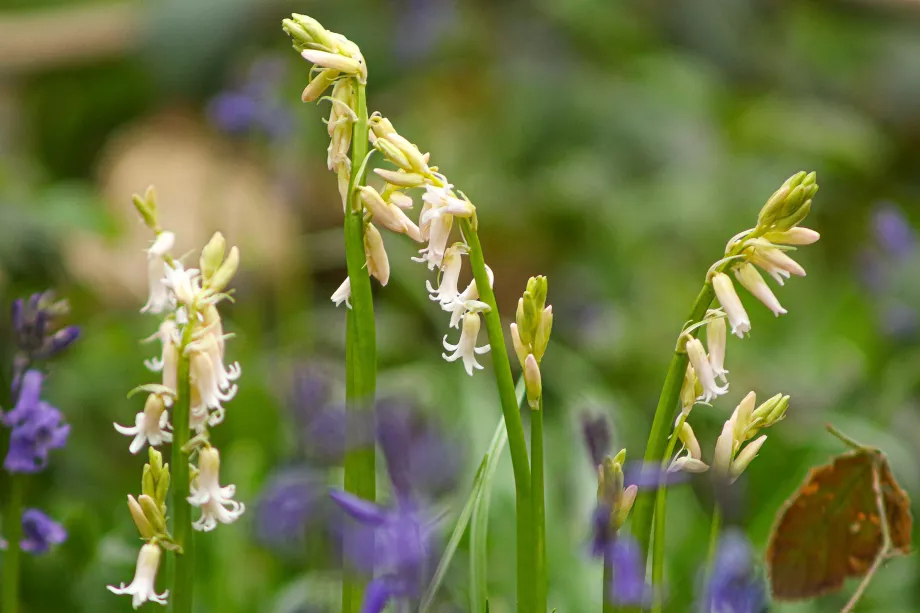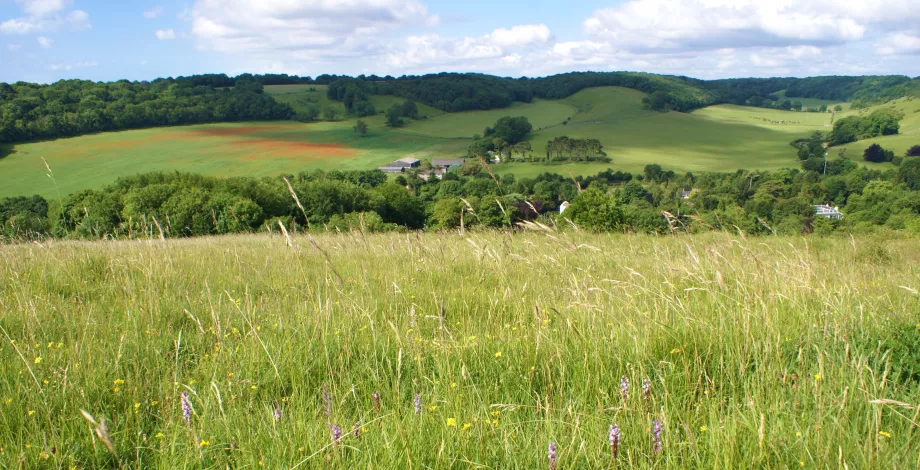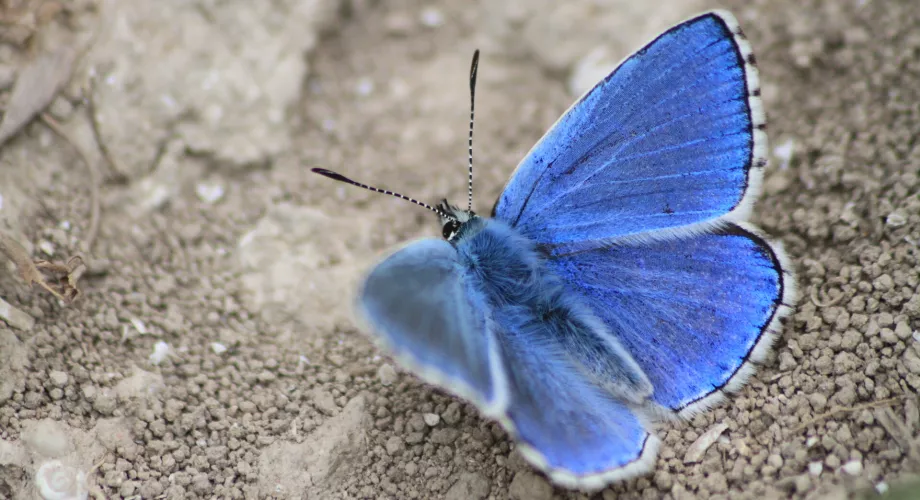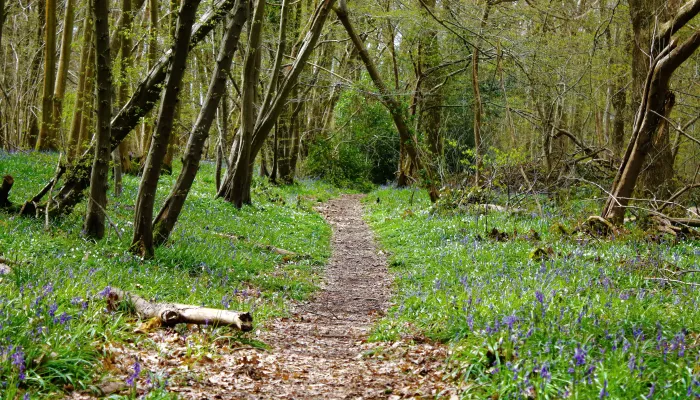
Whitebells, Covert Wood
The first reserve to come under the management of the Trust in 1958 was Stockbury Hill, owned by founding member Mr. Billy Buck and held under a gentleman’s agreement.
In 1962 the Trust purchased its first nature reserve, Downe Bank, a nature-rich and historically important site where Charles Darwin had carried out scientific studies. The second purchase came in 1963 when Yockletts Bank, near Ashford, entered the Trust's ownership.
In 1964, 70 acres of Lydden Temple Down, an important chalk downland, was acquired. Since then, the site has been expanded to over 200 acres and was designated a National Nature Reserve in 1998.
As land under its management continued to grow, the charity changed its name to Kent Wildlife Trust and formed partnerships with local bodies, community groups, and stakeholders to benefit nature.
In 1994 the Trust partnered with KCC Highways to establish the Kent and Medway Road Verge Project to protect and manage road verges containing threatened habitats as Roadside Nature Reserves.

Lydden Temple, Ewell © Ray Lewis
A crowning moment for Kent Wildlife came in 2002 with the successful reintroduction of the Adonis Blue butterfly at Queendown Warren. The butterfly has become the logo for the Trust and led the way for a number of successful reintroduction projects.
2003 saw the launch of Seasearch and Shoresearch, citizen science marine programmes that recently celebrated 20 years of ongoing marine research on Kent’s coastline, whilst in Ham Fen the Trust became the first conservation charity to reintroduce beavers into the wild in the UK.
The introduction of eco-system engineers and keystone species remain at the heart of charity who, with Wildwood Trust, released wild bison into West Blean and Thornden Woods in 2022 to wild the area and shape the landscape through their natural behaviours.

Adonis Blue © Tom Hibbert
Simon Bateman-Brown continued: “Kent Wildlife Trust is here today thanks to those 400 people who came together 65 years ago united by their ambition to protect and restore our wild spaces. The founding council members set us off on a journey driven by the same desire we hold today – to create a wilder Kent.
“We have come so far, and we continue to take steps forward to reach our ambition of protecting 30% of Kent’s land and sea for wildlife by 2030.
“The State of Nature in Kent Report tells us that by 2040, summers in Kent will be on average three degrees hotter and we need to act now to create a county that will sustain us, so we are working to do just that.
“We are using conservation grazers as Nature-based solutions, we are carrying out re-wetting projects to help nature thrive despite extreme heat or fires, and through our consultancy and Wilder Carbon project, we are working with businesses to help on their sustainability journey.
We cannot do this alone, and our supporters are helping us to deliver our Wilder Kent ambitions, making the county a wilder, better place for us to live.Simon Bateman-Brown, Head of Land Management at Kent Wildlife Trust

Support Kent Wildlife Trust
You can join as a member, volunteer, make a purchase from the online shop or donate.

